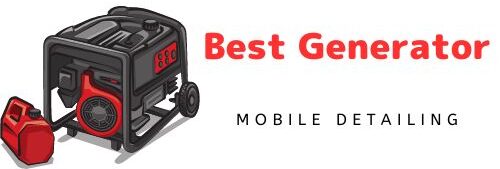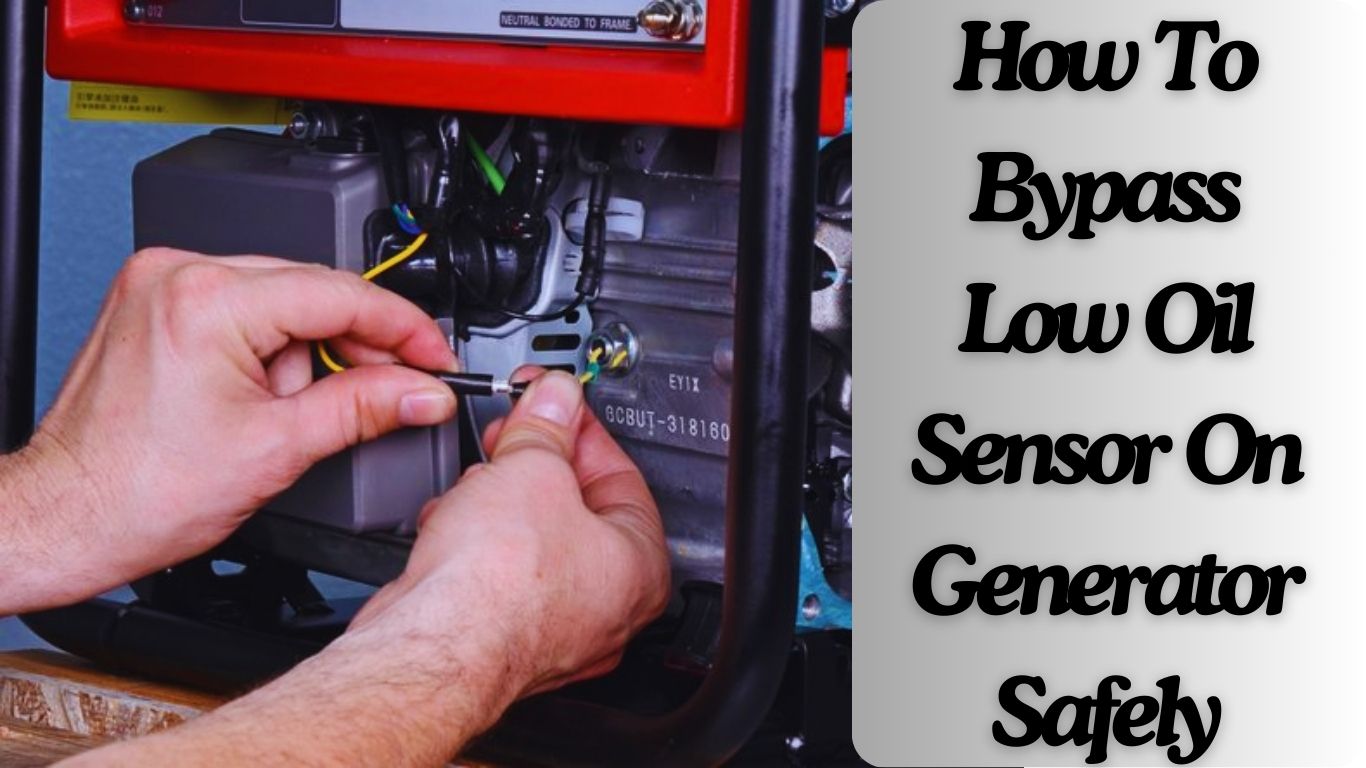When I think about the low oil sensor on a generator, I recognize its crucial role in safeguarding the engine from the detrimental effects of running on insufficient oil. This sensor acts as a sentinel, preventing the generator from operating when oil levels dip dangerously low, thus avoiding overheating and potential mechanical failures. But what happens when this safeguard, designed to protect, starts hindering the generator’s operation due to false alarms or sensor malfunctions?
It’s a scenario that many DIY enthusiasts and professionals alike encounter, particularly in emergency situations where power is needed immediately. The need to bypass this sensor might arise from such urgency or persistent malfunctions that stop the generator from starting, even when oil levels are adequate. This article by Best Generator For Mobile Detailing will help you understand how to bypass low oil sensor on generator safely and effectively.
What You Need to Know Before Attempting to Bypass Low Oil Sensor on Generator
Potential Risks and Consequences of Bypassing the Sensor
When considering how to bypass the low oil sensor on a generator, it’s important to recognize the inherent risks. I believe the most critical of these is the potential for severe engine damage. If the sensor is bypassed and the oil level is truly low, the engine may overheat, leading to internal wear or even catastrophic failure.
Another risk is voiding the generator’s warranty, which could leave you responsible for expensive repairs. I’ve seen this happen too often—a small modification leading to major costs down the line.
Additionally, bypassing this sensor might reduce the overall lifespan of your generator, as it no longer has that crucial safeguard to prevent low-oil operation. Remember, maintenance and vigilance are your best defenses even after the sensor is bypassed. Neglecting these could result in dire consequences.
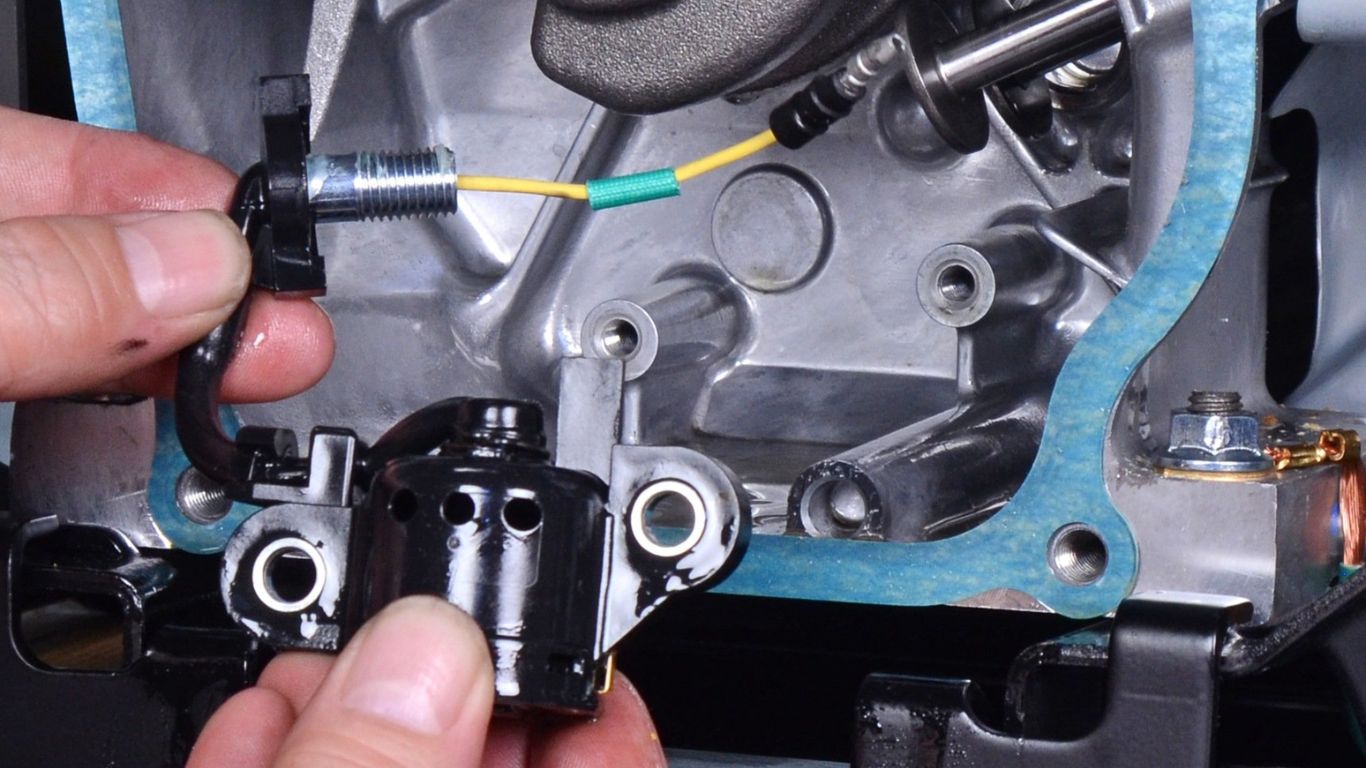
Essential Tools and Precautions Before You Start
Before you dive into bypassing the low oil sensor on your generator, you’ll need the right tools and a strong focus on safety. I always recommend using insulated gloves to protect yourself from electrical hazards, and a multimeter to accurately measure electrical connections. You’ll also need the correct wiring or resistors to complete the bypass procedure.
It’s crucial to ensure the generator is completely off and has cooled down before you start—working on a hot engine or live circuitry is an accident waiting to happen. I can’t stress enough the importance of taking the time to understand the wiring diagram of your specific generator model. This preparation can make the difference between a successful bypass and a costly mistake.
Step-by-Step Guide: How to Bypass Low Oil Sensor on Generator Safely
Locating the Low Oil Sensor on Different Generator Models
When you’re ready to learn how to bypass low oil sensor on generator, the first step is finding the sensor itself. The location of the low oil sensor can vary significantly depending on the generator’s make and model. Generally, the sensor is located near the oil reservoir, often on the side of the engine block or close to the base of the unit. However, the exact placement can differ based on the brand and model.
For instance, some generators may have the sensor mounted closer to the engine block, while others might have it integrated into the oil pan area or even near the dipstick tube. It’s crucial to consult your owner’s manual for specific details, as the diagrams provided by the manufacturer can be incredibly helpful. These diagrams usually show the exact placement of the sensor and associated wiring, allowing you to locate the sensor correctly and avoid accidentally tampering with other crucial components.
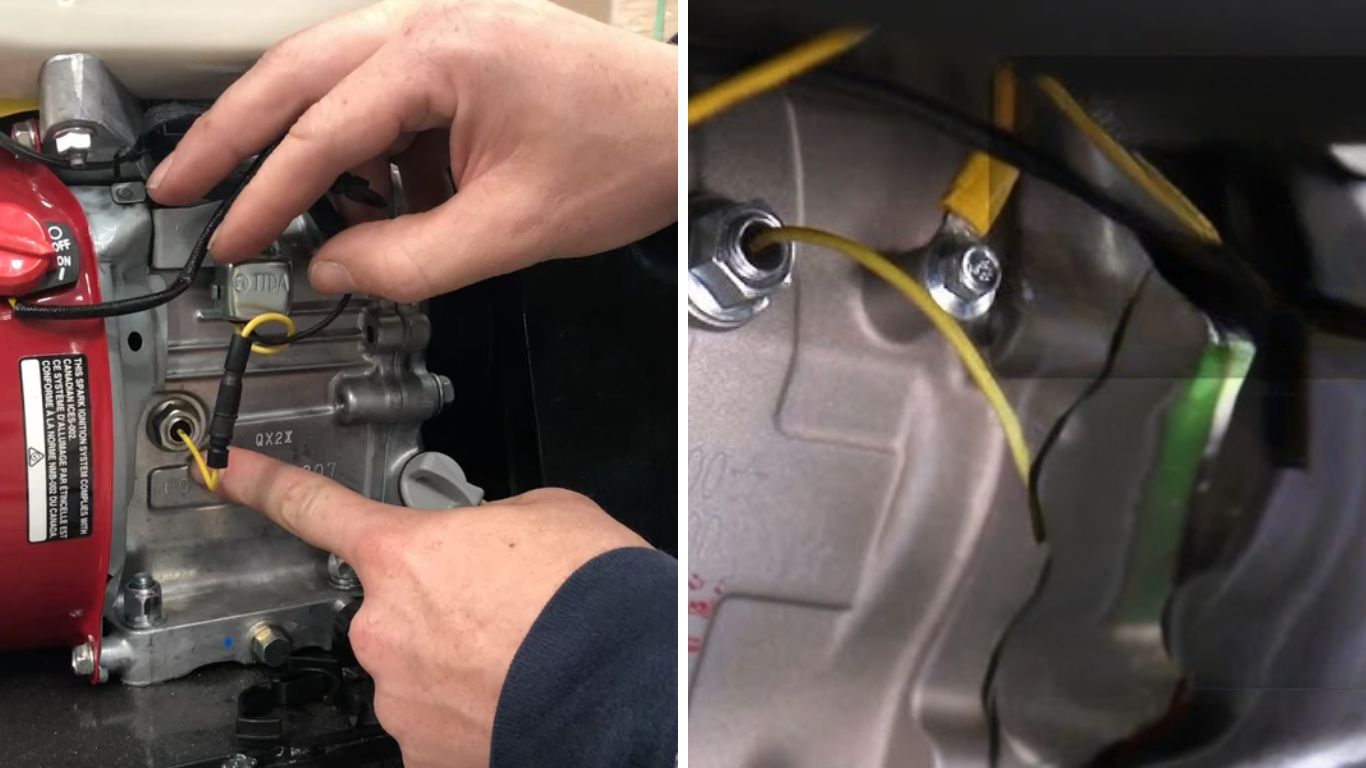
Disconnecting the Sensor: General Steps for Safety
Once you’ve located the sensor, the next step is disconnecting it safely. Regardless of your generator model, always start by ensuring the generator is turned off and fully cooled down to prevent any accidents. Locate the sensor’s wire, typically connected by a small clip or terminal. Carefully detach the wire, taking care not to pull too hard to avoid damaging the connection. After disconnecting, it’s a good practice to secure the loose wire with tape to prevent it from touching other parts and causing a short circuit.
After this step, test the generator by starting it up. If everything is done correctly, the generator should bypass the low oil sensor and run smoothly. However, remember this is a temporary fix and should be monitored closely to ensure ongoing safe operation.
General Tips for Bypassing Sensors on Various Generators
When bypassing the low oil sensor on different generator models, it’s essential to recognize that some models may have more integrated wiring systems, making it less straightforward to isolate the sensor’s wire. After locating the sensor, carefully trace the wire back to its connection point and disconnect it cautiously to avoid disturbing other wires.
One common pitfall to avoid is neglecting to check the generator’s operation after the bypass—never assume it will work just because the wire is disconnected. Always run a test to confirm the bypass has been successful and that the generator operates without issues.
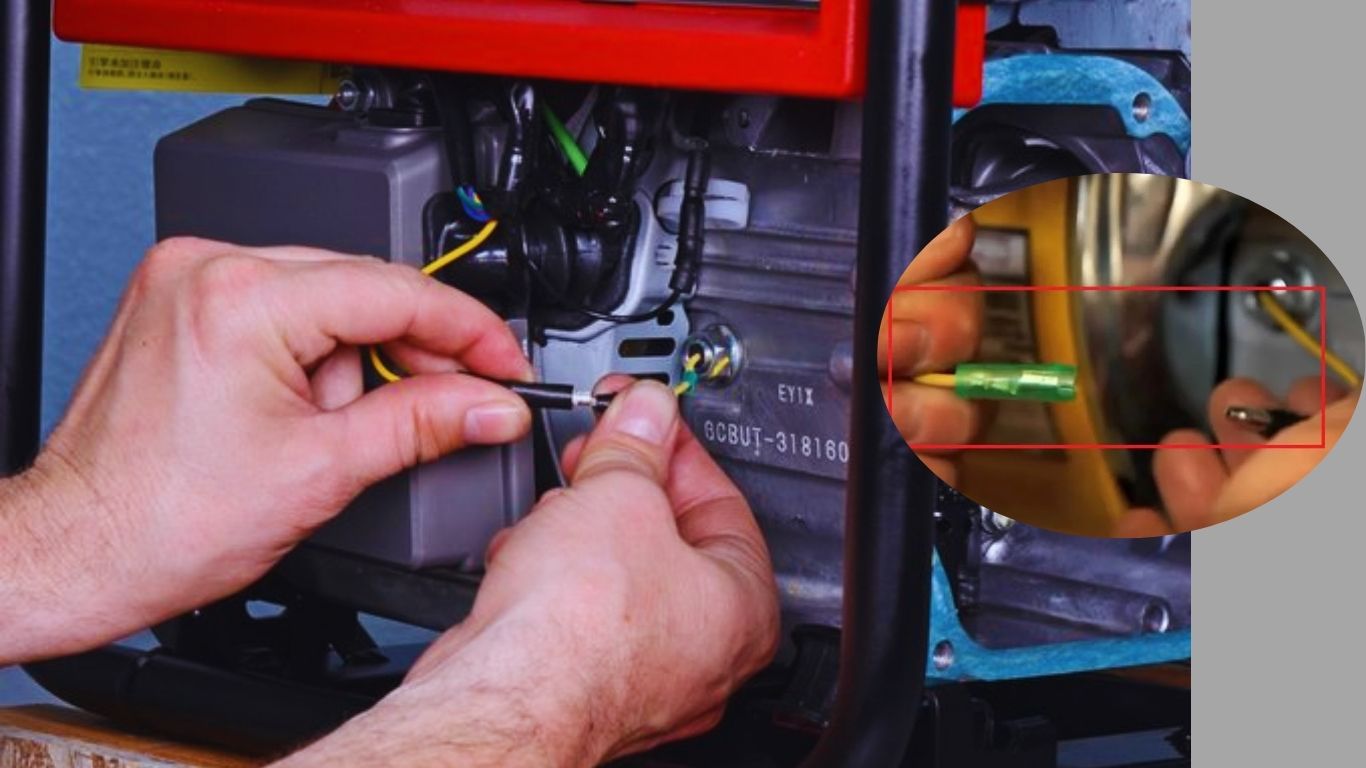
Dealing with Analog Sensors and Plausibility Checks: More Advanced Techniques
For those dealing with older generators or models that use analog sensors, bypassing can be more complex. Analog sensors may require you to bridge the connection with a resistor to simulate a full oil level. I’ve found that using a 10-ohm resistor often does the trick, but it’s essential to verify the specifications for your particular model.
Additionally, some modern generators have built-in plausibility checks that might prevent the generator from starting if it detects the sensor has been bypassed. In such cases, you may need to use a relay or other method to fool the system. If you’re not comfortable with advanced electrical work, this might be the point where seeking professional help becomes necessary. Remember, the goal is to get the generator running without compromising safety.
Beyond Bypassing: Long-Term Solutions and Maintenance Tips
Repairing or Replacing the Low Oil Sensor: When Bypassing Isn’t Enough
There comes a time when how to bypass low oil sensor on generator isn’t the best or safest solution. I’ve seen it countless times—temporary fixes can become long-term problems if not addressed properly. Instead of bypassing, consider diagnosing the sensor issue. Often, the problem lies in a faulty connection or a worn-out sensor that needs replacement. I believe it’s crucial to invest in the right parts and tools to repair or replace the sensor. Doing so not only ensures your generator’s longevity but also keeps its safety features intact.
The market offers a variety of compatible sensors for different generator models, and a quick replacement can save you from bigger headaches down the road. In the long run, maintaining a functional low oil sensor is far better than risking engine damage from low oil levels.
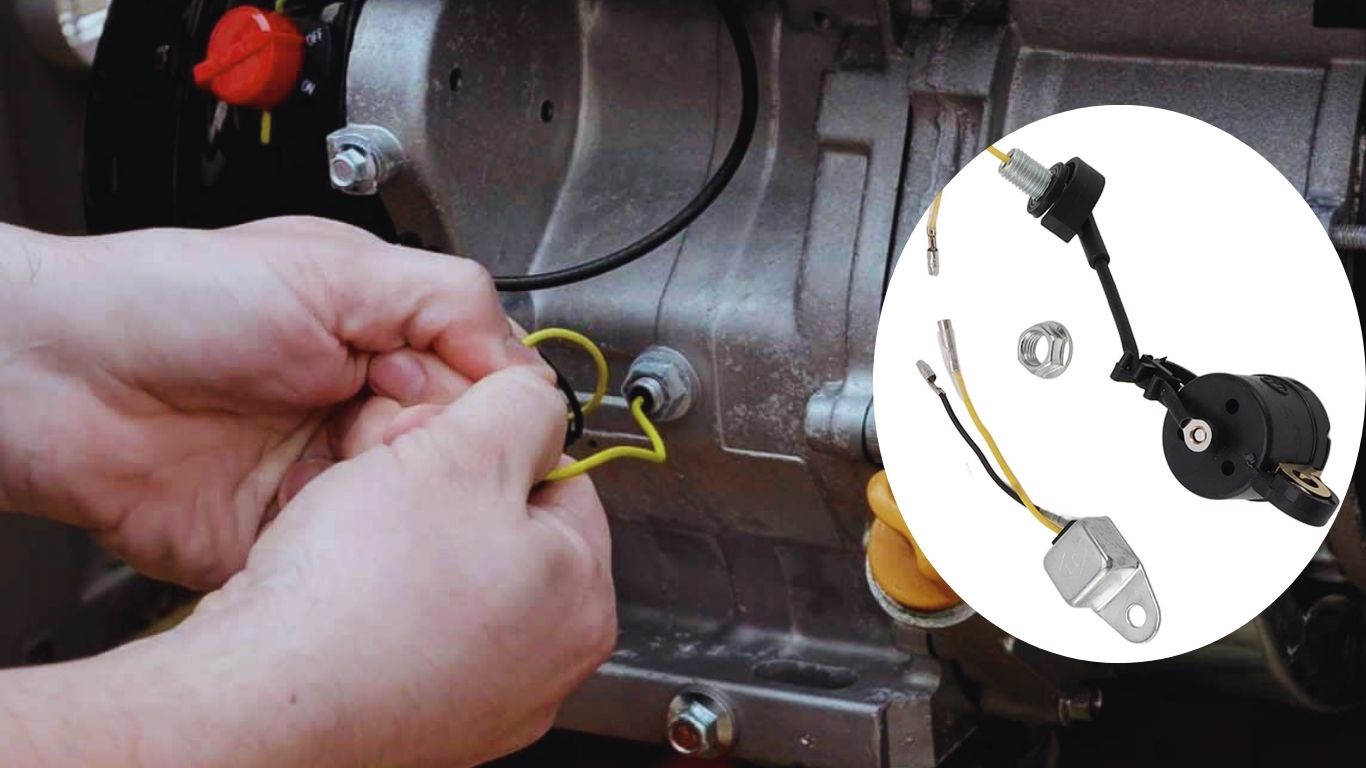
Preventative Maintenance to Avoid Future Sensor Issues
One of the best ways to avoid the need to bypass the low oil sensor on your generator is through regular preventative maintenance. I always advocate for routine oil changes and keeping the generator clean to prevent sensor malfunctions. Dirt, debris, and old oil can cause the sensor to give false readings, leading to unnecessary shutdowns or, worse, engine damage. Monitoring oil levels closely and using quality oil can extend the life of both the sensor and the engine.
Simple tasks like these performed regularly, can save you time and money and the hassle of dealing with a bypass in the future. Remember, a well-maintained generator is a reliable generator, and by taking these steps, you reduce the chances of sensor issues interrupting your work.
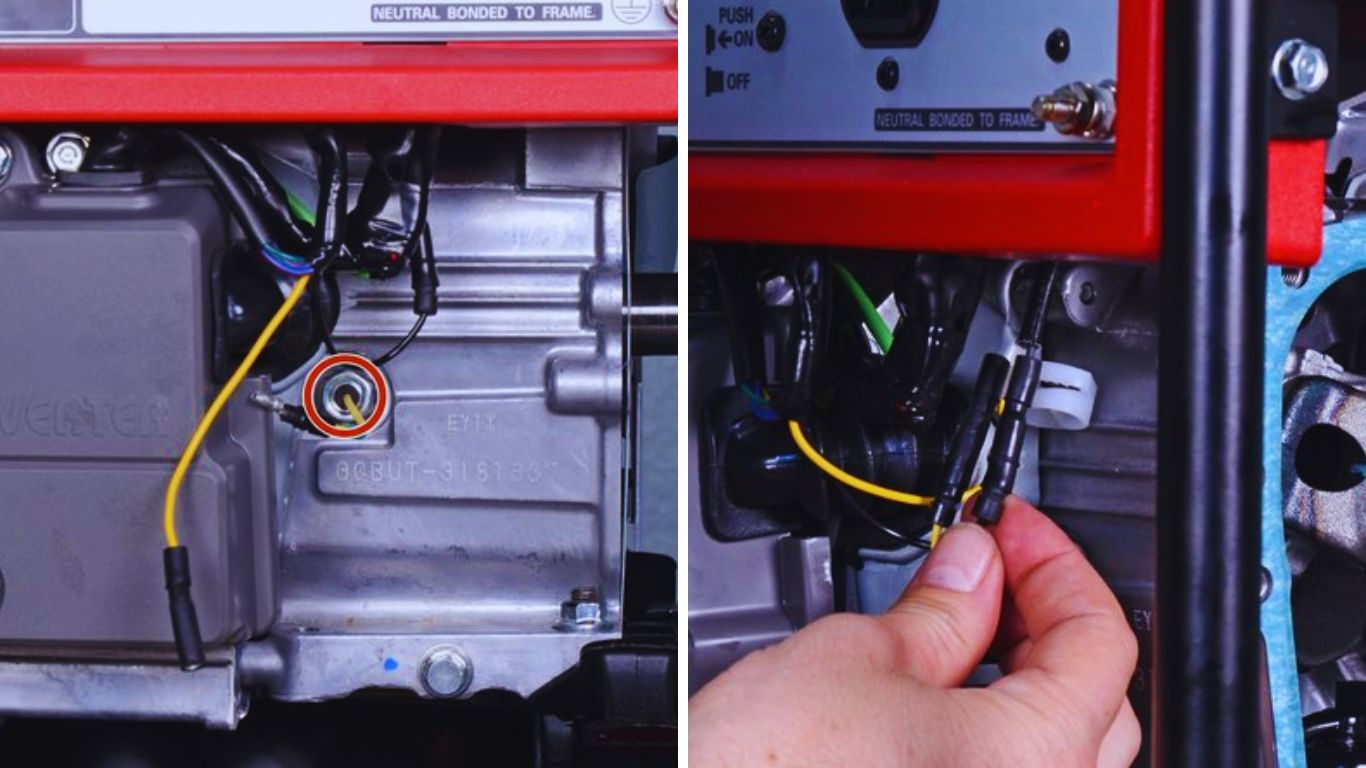
Find Out Where To Get Reliable Generators For Mobile Detailing
Best Generator for Mobile Detailing is your trusted source for all things related to generators in the mobile detailing world. We aim to provide you with accurate and reliable information to help you choose the perfect generator for your needs. Our focus is on delivering unbiased recommendations and expert guidance that you can depend on. With Best Generator for Mobile Detailing, you can be confident in making well-informed decisions that enhance your mobile detailing business.
We participate in affiliate marketing programs to sustain our operations, but our product recommendations are always impartial, based solely on their value to our readers. Trust Best Generator for Mobile Detailing to provide you with the best, most reliable advice when selecting a generator.
Conclusion: Weighing the Risks and Making an Informed Decision
In this comprehensive guide from Best Generator For Mobile Detailing on how to bypass low oil sensor on generator, I’ve covered the critical steps and considerations for safely performing this procedure, from locating and disconnecting the sensor to understanding the potential risks and consequences. While bypassing the sensor can be a temporary solution for keeping your generator running in emergencies, it’s essential to weigh the risks, such as possible engine damage and voided warranties. The guide emphasizes the importance of regular maintenance, including oil checks and sensor upkeep, to avoid future issues. Ultimately, bypassing should be seen as a last resort, with proper repairs or replacements prioritized to ensure long-term generator safety and reliability.
FAQs and Troubleshooting
Why Won’t My Generator Start After Bypassing the Sensor?
If the generator still doesn’t start after bypassing the low oil sensor, check for other issues like a clogged fuel filter, faulty spark plug, or electrical problems. Ensure the bypass was done correctly, as loose connections can cause issues. If it still doesn’t start, consult a professional.
Can Bypassing the Sensor Damage My Generator?
Yes, bypassing the sensor can lead to engine damage if oil levels are not monitored manually, risking overheating and engine failure. This should be a temporary solution, with regular oil checks to prevent damage.
Marion Woods is an accomplished generator technology expert with over 15 years of experience, currently serving as the Chief Technology Officer at GenTech Power Solutions. She holds a Master’s degree from MIT and specializes in enhancing generator efficiency and integrating renewable energy sources. Marion is a respected author and speaker in the engineering community, dedicated to pioneering sustainable power solutions.
